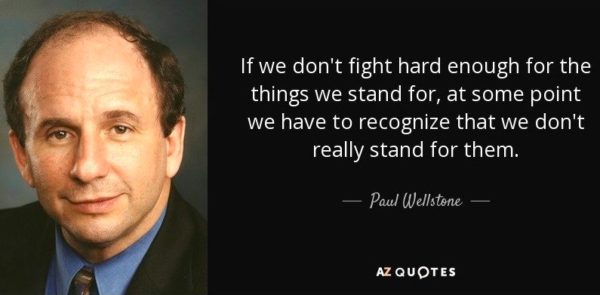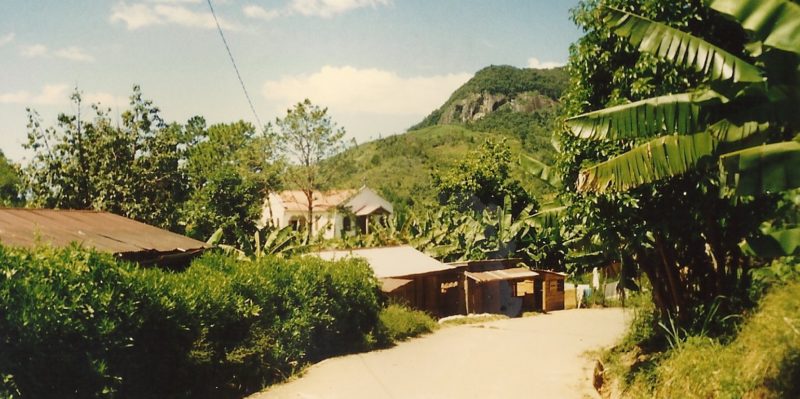There are so many hurdles to making any noticeable improvements in Haiti that it’s frustrating. What’s worse is politics play a big role in the state of the country’s social affairs. Why even try? I find myself asking people “Why are you still here?”
Nice friendly people can be found anywhere, and I haven’t found the people of Haiti all that much different than people in many other places around the world and throughout much of the United States. The scenery is great in places and not in others. Again, not too different to a trip out west in the U.S., except the U. S. has such massive areas of absolute wilderness, that’s something Haiti does not have. Today I think I found the reason so many people keep coming back. This is one of the only places where you can be assured your modest contribution can help save a life.
In my previous blogs, I painted the unreal settings that make-up this country. I try to convey the hardships that are commonplace here. However, on Thursday, on a visit to a pediatric health clinic in one of Haiti’s poorest neighborhood, I realized that the real hardships aren’t out on the street. I can’t see them as I ride by on a motorcycle.
The most important story of Haiti is found in people’s thoughts and in their bodies.
There is a doctor from the U.S. that has been coming here several times a year for over 25 years. All he does is wake up, have breakfast, go to a Catholic health clinic in Cite Soleil where he sees and endless line of parents who bring him their child and ask him “Doctor, please help.” For most, he writes a prescription, others, if they are near death, he will see if there is room in the hospital. And yet for others he just shakes his head and prays. At the end of the day, he goes home, has dinner, goes to bed and does this again the next day, and the next, then keeps coming back year after year after year. Its not like there is somebody waiting to fill his spot if he doesn’t come. It’s just that when he is not here, more people go untreated.
Usually, if I knew how to get someplace in Port au Prince, I would drive myself. However, because I was going to Cite Soleil, I felt it would be safer if I took a motorcycle taxi so there would be two of us and at least one of us would be Haitian. At the turnoff from the main road we passed the Cite Soleil police station with its tall walls covered in barbwire and guard towers at the corners. Since the guards were facing out toward the street, I think this prison type compound was designed to keep the bad guys out rather than to keep them in.
When I entered the clinic, the first thing I noticed was how many people were there waiting to see a doctor. Dozens of rows of wooden benches filled the open air pavilion like a crowd of people filling the bleachers at a high school sporting event, and that was just the first stop when a patient arrives. There was a waiting area to have a file made, another to get weighed and measured, a waiting area to see the doctor once all of this is done, an area for prenatal care and another area to get prescriptions filled. It costs about 75¢ per visit to see a doctor and about the same to get a prescription filled (if they have the prescription in stock).
The first patient I saw the doctor see was a three year old girl. Her body was covered in scars from previous bouts with ringworm. Another mother came in with a little baby who had a fever of 103.1 and she was given a prescription for Tylenol. Most kids are given some vitamin A and Iron supplements. Another little girl came in, and like most she hasn’t eaten for a few days. With this little girl, she barely was attentive enough to lift her head-up much. Her hair was losing its curl and stating to fall out. The skin around the back of her ribs was starting to be retracted into the spaces between her ribs. Her mother said the father sold bricks, but there hasn’t been much work lately. Her growth charts showed she was malnourished, but she was not malnourished enough to qualify for a spot in the clinic’s malnourishment program.
They clinic has 60 spots in the malnourishment program where a mother can come in with her baby. The mom gets one meal to help her breast feed and the baby can also get a small bowl of soft food. After lunch, the babies and toddlers are taken to the nursery where they take a nap while the mother’s go to a different room to make some trinkets or jewelry they can try to sell on the street. When the children are done with their naps, they go home where the mom will most likely not have another meal until she comes back tomorrow.
Almost every child that comes through here, is here because it is impossible for them to stay healthy where they live. They don’t have access to clean drinking water, they don’t get enough nutrients in their diet and the only place for them to play is in the garbage filled streets alongside the pigs.
One mother came in who lived on the hills outside of Jacmel, a town on the southern coast about an hour or two away. Her 18 month old daughter had an enlarged head due to her brain retaining water. The soft spots on her skull were not properly closing and the pressure on her optic nerves prevented her eyes from being able to look outward and follow the doctors light out to the side. Her reflexes were trailing developmentally from where they should be at this age. Everything about her development would continue to worsen if she did not get surgery to have a stent installed to drain the liquid on her brain down to her stomach. By the time she will turn twenty, she would be confined to a bed and would need a full time caregiver.
Having a stent installed is not a complicated procedure and some doctors will even come to Haiti to do the procedure for free. The difficult part is that a stent will pose serious risk of infection throughout the person’s life that can be fatal. Especially with this mother not being able to read or write, having no education and little to no money this doctor believes that this child’s life would be in danger if the child remained in Haiti, stent or no stent because she wouldn’t get the necessary follow-up care.
In the United States, with our basic standards of health care, there would be every reason to believe that this little girl would grow up living a completely normal life. But here is where the situation gets tricky. It’s not too difficult for the doctor to get the child to the United States for surgery. He has personally made the trip to Miami with over 100 children, six of those times for children with this same condition of water on the brain. The nearly impossible step is to also get the mother to the United States. Only by being adopted could this child have a chance to live a healthy life.
This girl doing much better than most other kids would be doing with this same condition, and it was due to the care and love this poor mother had been willing to provide. The girl showed signs of high intelligence. Her future held great promise, just not in Haiti with the person who loved her the most. It was very difficult to watch a nun come into the office with us, and with an expression of love and compassion, propose to this young mother that she put her only child up for adoption. It was so incredibly sad to witness it all unfold in front of me. This mother couldn’t understand any of the medical concepts being explained to her but it was evident from the tears in her eyes and the quiver in her lip that she clearly understood that she was being asked to make a choice that would mean she would never be able to hold her baby ever again.




